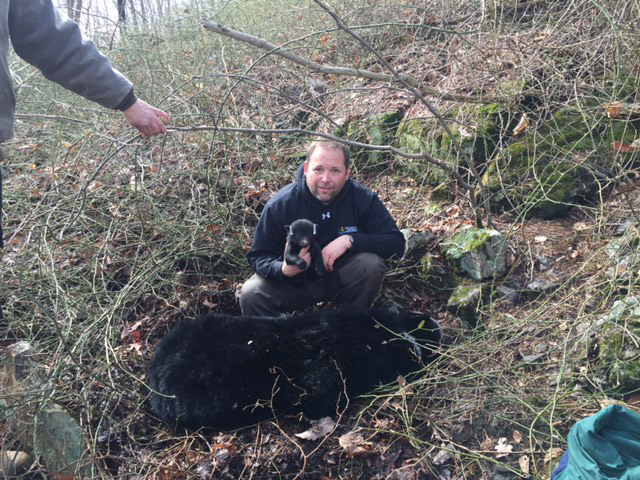
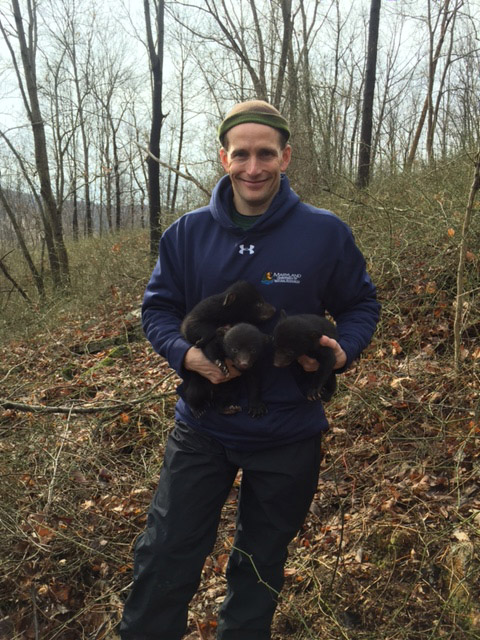

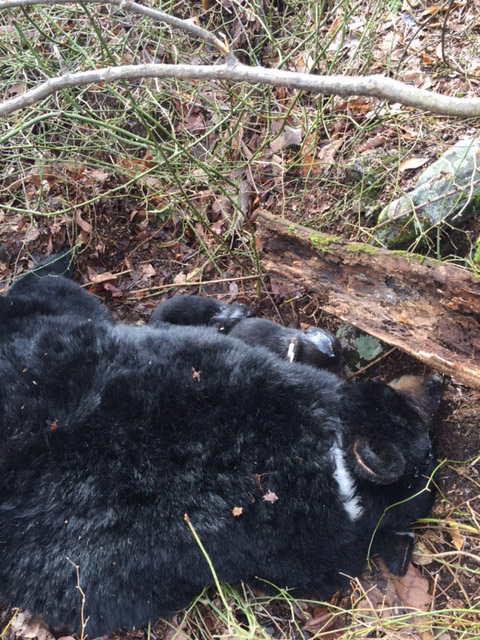

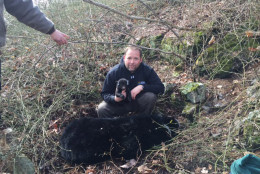
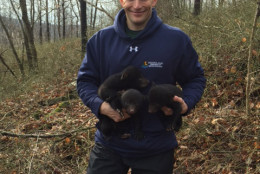
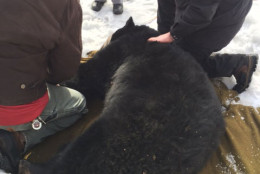
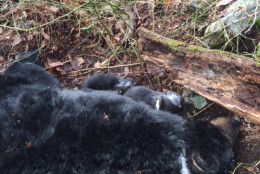

WASHINGTON – Maryland bear biologists counting this year’s cubs say the population is thriving, and it could be pushing further into Montgomery County.
They’ve been residents of western Maryland for a while in Frederick, Allegheny and Washington counties. But lack of territorial space is forcing the black bear population to look east, says bear biologist Harry Spiker.
“The big males, they dont like other males taking their food. They’ll kick them out and they’ll have to wander and so that population as it grows, just keeps expanding steadily,” Spiker says.
Spiker works with the state’s Department of Natural Resources and says the reason for the eastern shift comes down to territory.
“We haven’t seen sows giving birth to cubs there yet … but it’s just a matter of time until we say Montgomery County is occupied,” he says.
Spiker is in charge of keeping track of the bear population. One of the highlights of his job is counting this year’s litter of black bear cubs.
“The ones we’ve been working are four to eight pounds,” he says.
In the den reproduction survey, biologists track the bears to their dens through the radio collars their mothers are wearing. Then once mom is tranquilized, the scientists tag the cubs and take blood samples.
“It’s important to know what’s out there affecting this population. One thing, in the last couple years, we’ve noticed a spike in canine distemper. That’s likely affecting our fox and other smaller carnivores,” he says.
By tracking the bears and their health, Spiker says, Maryland DNR is looking at the health of the ecosystem as a whole.








